The Role of Hospital Facility Management in Improving Patient Experience
–Raj Kumar
Hospital facility management is a very vital function of hospital operations. Recently, we interviewed Mr. Raj Kumar, who has handled facility management at five different hospitals. We tried to understand the inner workings of the hospital facility department and how they impact the patient experience. The interview also covered how technology can help improve the efficiencies of the hospital facility department and enable them to provide better care to patients.
Discussion Outline
- What Makes Hospital Facility Management Different from Other Industries?
- Hospital Facility Management: Responsibilities & Departments they Work Closely with
- Key Goals and Challenges in Hospital Facility Management
- Managing the Quality of Service in Hospital Facility Management
- Leveraging Technology to Improve Efficiencies and Patient Experience
- Optimising Human Resources Through Technology at Hospital Facilities
Interviewer: Please share your professional background and how you got into hospital facility management?
Mr. Raj Kumar: I’d like to introduce myself first. So, as you already mentioned, I am Raj Kumar. I have been in this industry since last more than 13 years. When I started my career, I started as a pharma technician. But eventually, I got into facility management in 2007. I got into healthcare (hospital facility management) in 2013, and since then, I have been enjoying my journey in healthcare.
You asked why healthcare? Yes, you know, health care is a platform where there is no seasonal business or nothing, only you’re working. Along with working, we’re also doing a service to the patients who are actually in need. So we really feel good and pleased about serving patients who are actually in a very bad condition.
If you say other facility industries like IT, hotels – people come there to enjoy their life.
”In hospital facility management, we are here just to serve the people who are in need. We have to understand their pains, their challenges, even their financial condition, affordability, everything you have to look into.”
And consider everything when you are in the healthcare facility industry Because we don’t have a specific range of people who come to us. We get people ranging from a lower-income background to VVIPs. So there is a mix of all categories of people who are living in the society.
Hospital Facility Management: Responsibilities & Departments they Work Closely with
Question: So, what are your top responsibilities being in the facility department in your hospital?
Mr. Raj Kumar: Here, I’m heading 4 departments – F&B, housekeeping, stores, facilities and event management as well. But you know, on paper, yes, these are only the four departments I am handling. But practically, being a facility head in health care, we have to also take care of asset management, patient satisfaction, services of the hospitals, and even other operational activities. In a hospital, facilities is one department, which is related to every single department. So we have to work along with nursing, management, housekeeping, and security – every single person we have to get in touch with.
Key Goals and Challenges in Hospital Facility Management
Interviewer: It looks like a vital department of the hospital, which actually controls many activities in the hospital. If we talk about the goal, what are your key goals in the department and the challenges you have faced so far and have been facing being in the department or maybe in specific areas like F&B and housekeeping, where the expectations are pretty high, and deliverables are limited? And you have to be on your toes every time, particularly in these specific departments. So how do you manage those challenges? What are the challenges you face on a day-to-day basis?
Mr. Raj Kumar: Now, that’s absolutely true. There are certain challenges we face regularly. And if you ask about our goal, it’s very simple. You know, every healthcare worker, not only the facility, every single individual of this hospital – our goal is patient service and patient satisfaction, which is really a top priority for us and a tough challenge as well.
Why I said tough challenges well, because, you know, in different facility industries people only go to enjoy their lifestyle with their friends and family. But here, they come with pain. So satisfying the people who are already in pain, financial stress, and have some kind of medical need, it’s really difficult for us to fulfill that. But we always try our best to manage.
“Every hospital is the same. If you see the kind of procedure, the kind of medication they eat, it’s very similar to every hospital. People choose or see the differences in the facilities, what kind of rooms are available, what kind of services we are giving to them, what kind of quality food we are givin g to them, our linen quality, manpower quality, who are serving them and how careful, how empathetic we are towards them. That’s the difference, actually, in different hospitals.”
Managing the Quality of Service in Hospital Facility Management
Secondly, you talked about quality. So when I talk about quality, it also depends on what kind of quality of manpower we are having. Specifically, in facility management and in housekeeping, it’s really tough to get qualified manpower. And we, being in a twin city and one of the major cities of India (Hyderabad), we get patients of all localities. So we have to have Telugu speaking people, Hindi-speaking people, and even people who can communicate in English as well. So you know, getting such kind of multi-skilled people in housekeeping and serving our patients is really tough. And also, we enjoy the process, that’s how we succeed.
We never deny those requests of patients. So if somebody asks, you know, I only speak Telugu, and I need Telugu speaking people who can be with me, mingle with them, that kind of facilities also provide. That’s how we’re different from others.
Leveraging Technology to Improve Efficiencies and Patient Experience
Interviewer: It’s so good to see that patient experience is your prime objective here in this hospital. So how do you see technology improving the performance of your department or patient experience? So how do you manage it, and how do you see technology helping in this area?
Mr. Raj Kumar: Yes, yes. It’s a really good question. Actually, personally, I, you know, I love to introduce more technologies in the department. Because when we started our career, nothing was there in the facility area in terms of technologies. Everything used to be managed manually. Even our billing system – everything was done manually. And we used to depend on the security register and all to do the final billing.
But now, since new technologies are coming into the market, we are getting habituated to things like a complaint management system, where patients can directly send their feedback to the top management, and nobody can hide anything. And we have to have a review system on that. We can track, you know, what kind of complaints we’re getting more in our facilities, what particular floor wise, what kind of requests we are getting more. So we can really analyse those issues, area-wise.
Optimising Human Resources Through Technology at Hospital Facilities
Even in the matter of billing of manpower, because normally, we deal with outsourced manpower providers, who just supply the manpower in housekeeping, F&B and those areas. And their billing system is one of the major challenges when we talk about the finance part. So even technology is helping us in that by getting the biometrics attendance system, then digitalised tracking of their movement, how many tasks we are assigning them. Also, how many tasks they’re completing on time, and how many they are actually not able to complete on time, what are the causes – every single tracking it’s become easier for us now with technology.
Even in the future, I guess there are companies that are looking to get an RFID system into healthcare. Because, you know, in health care, even though assets and manpower nobody is fixed into each individual area, they keep moving. Suppose one patient bed is there, that bed keeps moving from one floor to one floor, ICU to IP, IP to OP, they keep moving. So tracking those materials and manpower is really difficult manually. So, I expect if companies like BestDoc can come up with some solution where we can track this movement electronically – manpower movement and asset movement as well, that would be a really great thing in future for healthcare.
Tracking material and manpower is a major challenge now, at every hospital. So, it will be good to have some solution where, you know, one person, one manager can sit in their chair and can track their entire 300, 400, or 500 people. Who are there, what they’re doing, you know, how best to effectively we are utilising them, more digitalisation around tracking, billing and assets.
Interviewer: Thank you, Mr. Raj Kumar.




